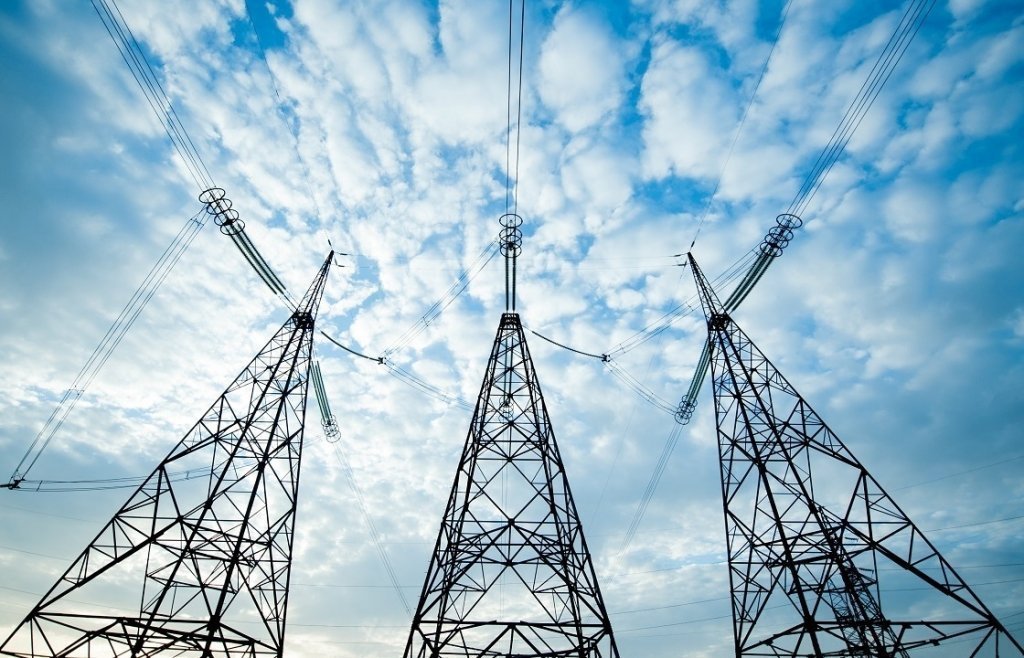Energy crisis in Ukraine: how much will electricity cost?
Electricity prices are changing on April 1. How and why the government made such a decision

Photo Unplash
The winter of 2021 was a tough one for power utilities. The national security of an entire country was almost on the verge of collapse because of a lack of electricity. Ukraine miraculously managed to avoid rolling blackouts, as it had been in the 90s; thanks to the average daily temperature increasing, Ukrainians consumed less electricity.
What happened?
There are 12 large thermal electric power plants operating in Ukraine, producing a fifth of all electricity, another half — 56% of electricity — is produced by nuclear power plants. Solar power plants and renewable energy sources generate 7%, HPPs and PSPPs produce 6% of electricity, TPPs create 9%.
Several factors influenced the energy crisis at once. The first is an increase in energy consumption by Ukrainians by 6%. Such a large consumption of coal is connected with the harsh winter weather. You can see for yourself the relation between the amount of electricity consumed and the temperature outside; Ukrenergo regularly publishes a schedule.
The second factor is regular accidents at electric power plants. The crisis took place when the power unit No. 2 of the TPP in Enerhodar broke down, which is part of DTEK Dniproenergo, owned by Rinat Akhmetov. On the evening of February 3, locals heard the noise caused by the emergency steam dump. In social media, they reported sounds similar to explosions, after which the electricity in the city went out and the water supply stopped, and two days later another accident happened at the TPP. This time, there was an emergency shutdown of power unit No. 1 because of a malfunction of the transformer cooling system.
But the third and most important reason for the energy crisis in the winter of 2021 in Ukraine is the total shortage of coal. According to the "Ukrenergo" National Energy Company, fuel reserves in the TPP warehouses decreased 5.7 times in two winter months, i.e. to 436.8 thousand tons. In early February, the media wrote that the TPP's coal reserves were 5.5 times less than in February last year. Meanwhile, it's important to consider the fact that at the beginning of 2020, Ukraine faced a coal surplus; it was facilitated by a warm winter, a decrease in electricity consumption due to a lockdown, but mainly by a simultaneous drop in gas prices in Europe and an increase in coal import duty to 65 %. As a result, the government tried to "force" producers to use expensive coal throughout 2020, and instead, they found workarounds all the time. Constant changes unbalanced the market so much that by the end of December, as reported by the Chairperson of the Verkhovna Rada Committee on Energy and Housing and Utilities Andrii Herus, coal reserves in warehouses amounted to only 44% of the required guaranteed minimum reserves. There is also an opinion, expressed by Ahiia Zahrebelska, the founder of the "League of Antitrust," that a change in the Ministry of Energy's projected balance of electricity generation towards an increase in the share of thermal generation due to the restriction of nuclear power could lead to a coal shortage, which is why some of the nuclear power units were under repair during the winter period.
Did we manage to overcome the crisis?
Ukraine was unable to cope with the electricity shortage on its own. Andrii Herus admitted Ukraine needed imports to avoid further accidents, therefore, it requested urgent energy assistance from Belarus, and since mid-February, the authorities have restored imports of Russian electricity. On the air of the Big Politics talk show, Ukrainian Foreign Minister Dmytro Kuleba justified such a decision because Kyiv physically couldn't refuse energy cooperation with the CIS countries, since the energy system was built during the Soviet era; it's united with the Russian and Belarusian energy systems, therefore, in critical situations with providing electricity, they are forced to temporarily purchase electricity from connected states. So, for the period from March 9 to March 14, the total commercial imports to the trade zone of the "United Power System of Ukraine" amounted to 0.16% of the total consumption, of which 4.4 million kW/h was imported from Belarus and 0.4 kW/h, from Russia. During the same period, 23.8 kW/h was imported to Ukraine from Slovakia, Hungary, and Romania.
As for the enterprises that didn't have enough coal to generate electricity, an investigation was carried out, and on March 10, the Regulator issued a decision to impose fines of UAH 1.7 million each on the enterprises of PJSC "DTEK ZAKHIDENERGO," PJSC "DTEK DNIPROENERGO," and LLC "DTEK SKHIDENERGO."
The market remains unbalanced. The forecast balance of capacities of the unified energy system of Ukraine showed it. Now the Ukrenergo reports that in March, there was a commercial surplus of up to 3.4 million kW/h per day on average (produced but not sold on the Bilateral (Direct) Contracts Market, on the Day-Ahead Market, on Intraday market). These volumes were sold on the balancing market to those producers who applied for unloading under the Market Rules, that is, agreed to resell electricity to buyers or consumers instead of producing their own.
The Ukrenergo report says that such a surplus results from a discrepancy between the technical capabilities of the generating equipment and the modern requirements of the power system. That is, the equipment of power plants doesn't allow generating less electricity, so they plan to deal with the surplus by reducing power at the nighttime of renewable energy sources, and wind farms, to zero.
Electricity prices will go up as a result
They decided to solve the problem with a standard way for Ukraine: by increasing the price of electricity for consumers. It'll continue to grow in 2021. At the end of last year, a preferential tariff was canceled, the price of 0.9 hryvnias/kW-h for the first 100 kW-h. By March 31, a single consumption tariff was established — 1.68 UAH / kW-h.
The coefficient for reducing the tariff by using two-zone or three-zone meters is retained.
According to decree No.64 of the Cabinet of Ministers dated 01.02.2021, in the first quarter of 2021, certain categories of consumers will receive preferential compensation for electricity payments. The amount of compensation is determined as the difference between the fixed price and the reduced tariff, which was valid until 01.01.2021, multiplied by the actual volume of electricity consumption within 3000 kW/h per month. The following categories will receive compensation:
- the population living in residential buildings (including in hotel-type residential buildings, apartments, and hostels), equipped under the established procedure with electric heating installations (including in rural areas), who are entitled to a reduced tariff as of December 31, 2020;
- the population living in apartment buildings that aren't gasified with natural gas and where there are no district heating systems, or they don't function (including in rural areas), who are entitled to a reduced tariff as of December 31, 2020;
- large families, foster families, and family-type orphanages (compensation is calculated for the entire amount of consumed electricity).
Compensation is provided automatically to the personal accounts of consumers. The regulation doesn't provide discounts for the population living in the 30-kilometer zone of nuclear power plants; for them, there are other benefits regulated by law.
From April 1, 2021, new tariffs will be introduced. Their size depends on the volume of consumption. So, with the consumption of electricity up to 300 kW/h per month, the cost of 1 kW/h of electricity will be 1.68 UAH, and with more than 300 kW/h, 3.48 UAH/kW.
The Cabinet also set 2- and 3-zone tariffs, differentiated by time periods.
So, with 2-zone tariffs, the cost of electricity will be:
- at night (from 23:00 to 07:00), 0.5 tariff;
- at other hours, full rate.
With 3-zone tariffs, the cost of electricity will be:
- at peak hours (from 08:00 to 11:00 and from 20:00 to 22:00), 1.5 tariffs;
- during the half-peak period (from 7:00 to 8:00, from 11:00 to 20:00 and from 22:00 to 23:00), the full rate;
- at night (from 23:00 to 07:00), 0.4 of the tariff.
The Ministry of Social Policy assures that the recipients of subsidies won't feel the increase in tariffs, since the amount of assistance will be increased. Whether it's true, we're about to find out.
Also, read if coal mining is really that important for Ukraine.

























































